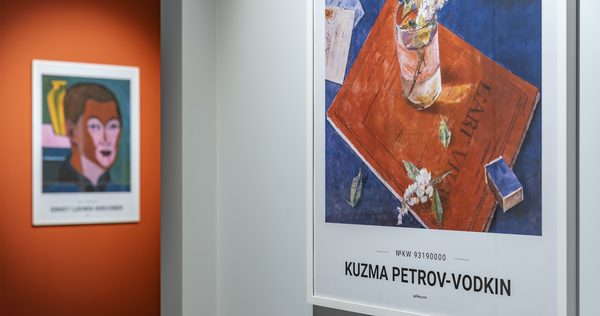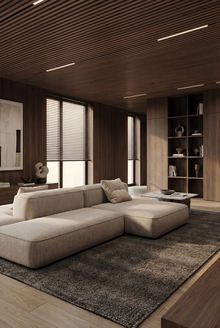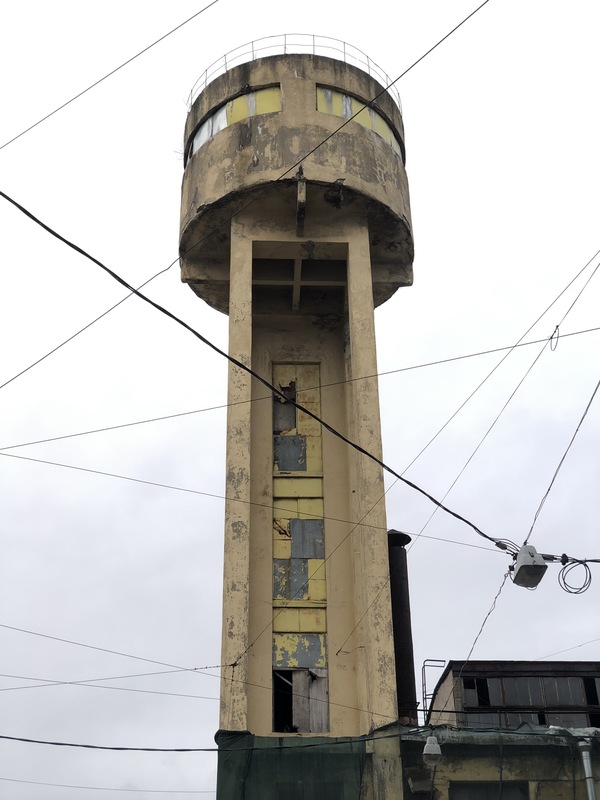
Leningrad School: 20th-century architecture from modern to modernism.
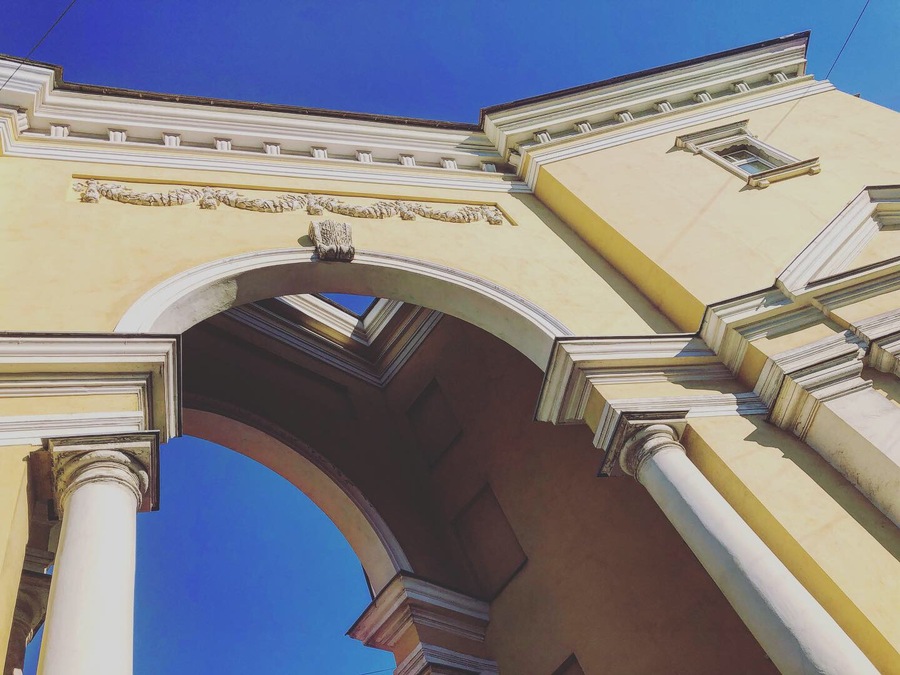
The first lecture was devoted to the pre-revolutionary period. Petersburg is at the threshold of an era and on the eve of the revolution: between eclectics, moderns and neoclassics. Architectural disputes that the Peterburg public had been involved in in the early decades of the twentieth century may seem to present — day viewers to be suspiciously familiar. In any case, there was no clear answer to the question of what a modern city should be like in the new century, neither architects, critics, nor citizens. What they were fighting at this time in the capital: the modern, the eclectic, the story. The city was undergoing great changes without realizing that the future would soon be spread to a completely different place.
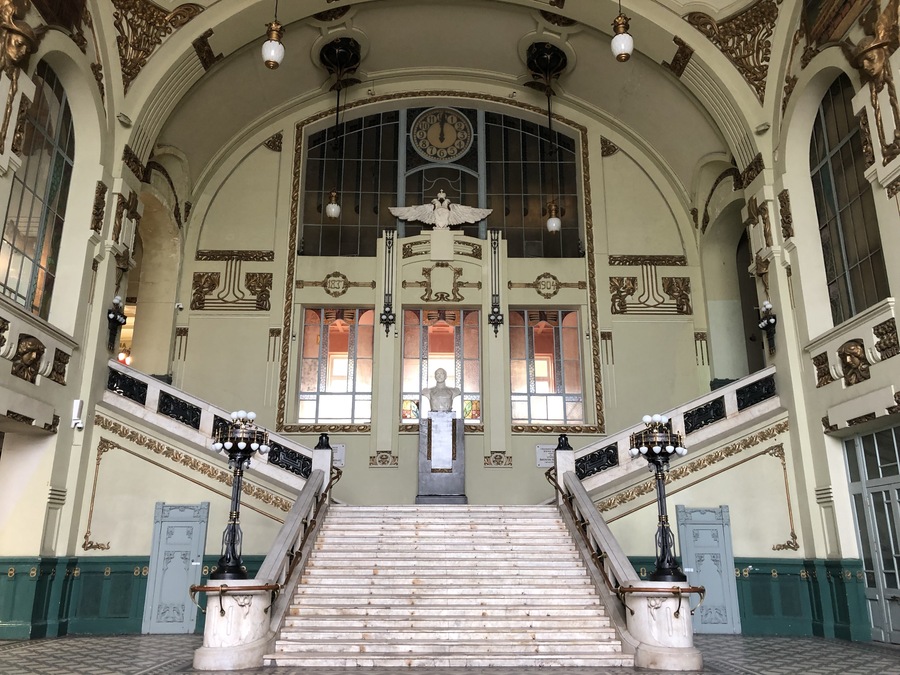
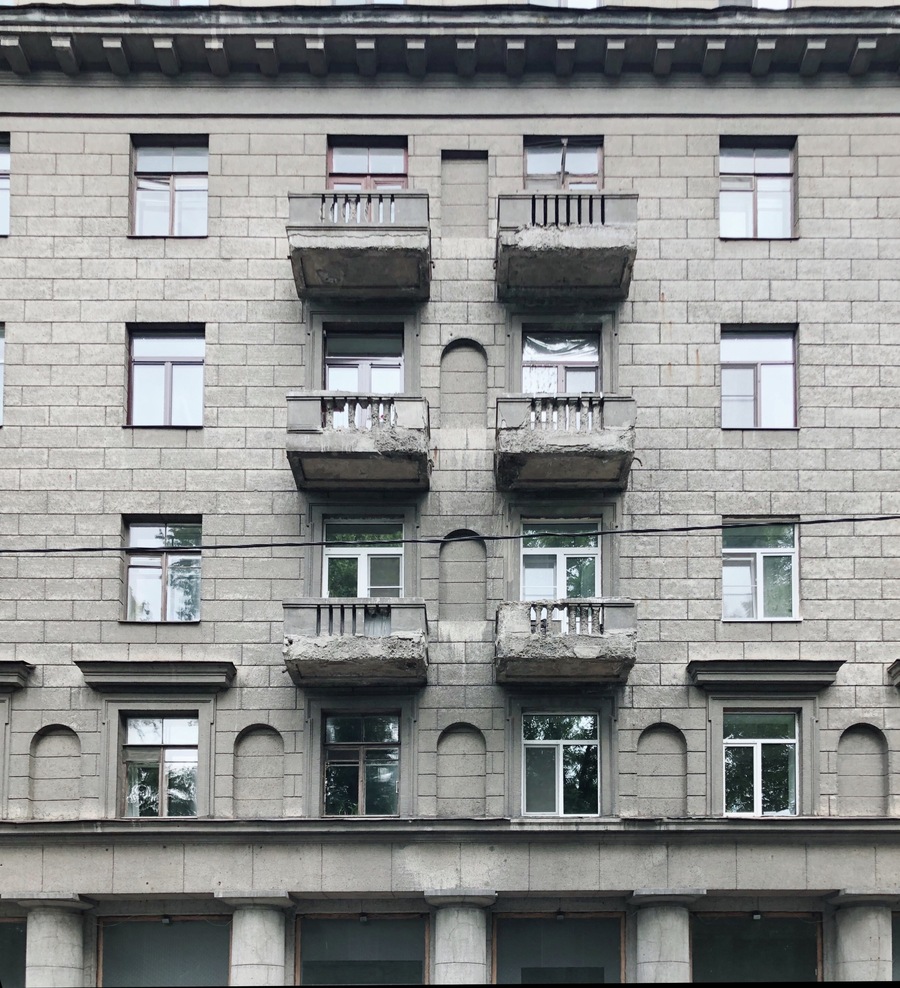
At the third meeting, the conversation was about the «thermals». The struggle against excesses, serial construction, post-war modernism and its legacy. The struggle against excesses, which officially began in the Soviet architecture in the mid-1950s, had a history. Despite criticism of «Chrushchev’s» construction, many experiments in the 1950s and 1960s today are remembered as the romantic time of the «thermals». What projects in architecture and design have become part of our collective memory of this era? Let us recall the best examples of post-war Soviet modernism in Leningrad and try to determine what, despite the universal techniques of the International Style, showed special handwriting in the craftsmen who studied in Petersburg and Leningrad. Remember also the '60s resort architecture, Alvaro Aalto’s influence, and Leningrad design.
